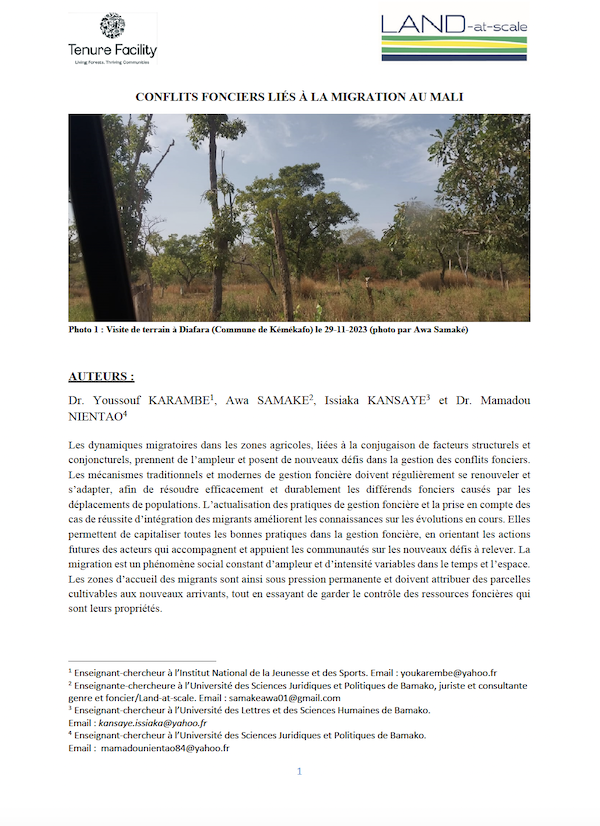Desertification: The invisible frontline
Desertification is a silent, invisible crisis that is destabilizing communities on a global scale. As the effects of climate change undermine livelihoods, inter-ethnic clashes are breaking out within and across states and fragile states are turning to militarization to control the situation.


